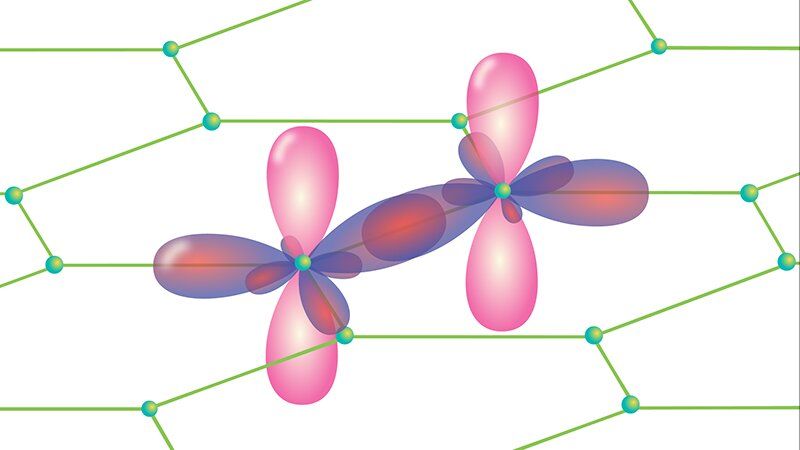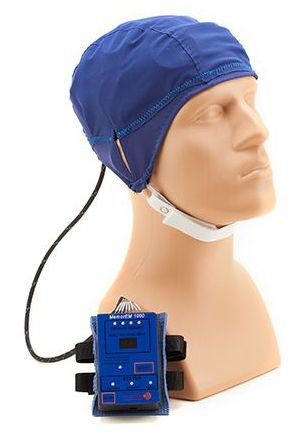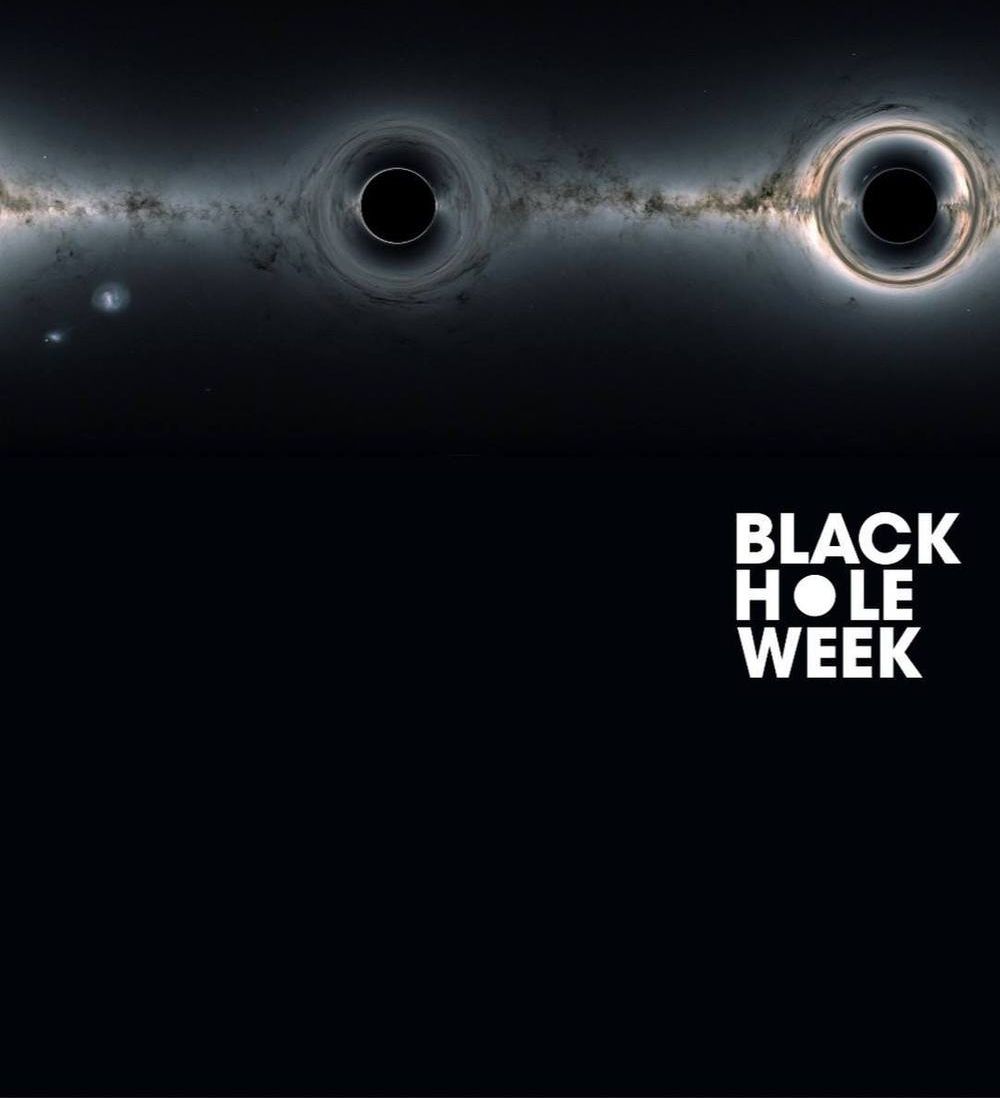Sep 30, 2019
Graphene’s mechanical properties found to have similarities to graphite
Posted by Saúl Morales Rodriguéz in categories: materials, particle physics
A team of researchers from the U.K., China and Spain has found that graphene exhibits mechanical properties that are similar to those of graphite. In their paper published in the journal Physical Review Letters, the group describes testing flakes of graphene in a unique way, and what they found.
Graphene is a sheet of carbon atoms just a single atom thick, sometimes called a two-dimensional material. In this new effort, the researchers questioned whether it truly is a two-dimensional material by testing it to see if it has 3D mechanical properties.
Prior research has shown that graphene does behave as a 2-D material when looking at its electronic properties. It also behaves like a 2-D material when testing its thermal properties. But until now, its mechanical properties had not been tested. The reason fis that graphene falls apart nearly instantly when not supported by a substrate, presenting difficulties in testing its mechanical properties without also including those of the substrate. To get around this problem, the researchers tested one of graphene’s mechanical properties by suspending graphene flakes in a viscous liquid, thereby preventing phonons from shaking it apart. The liquid also prevented the flakes from bonding and forming graphite. The team then carried out a common 3D test—applying high pressure, in this case, using a diamond anvil cell. Doing so showed (via Raman spectroscopy) that the energy shift that resulted from its phonons was closer to that exhibited by a 3D material (graphite) than a 2-D material.


















